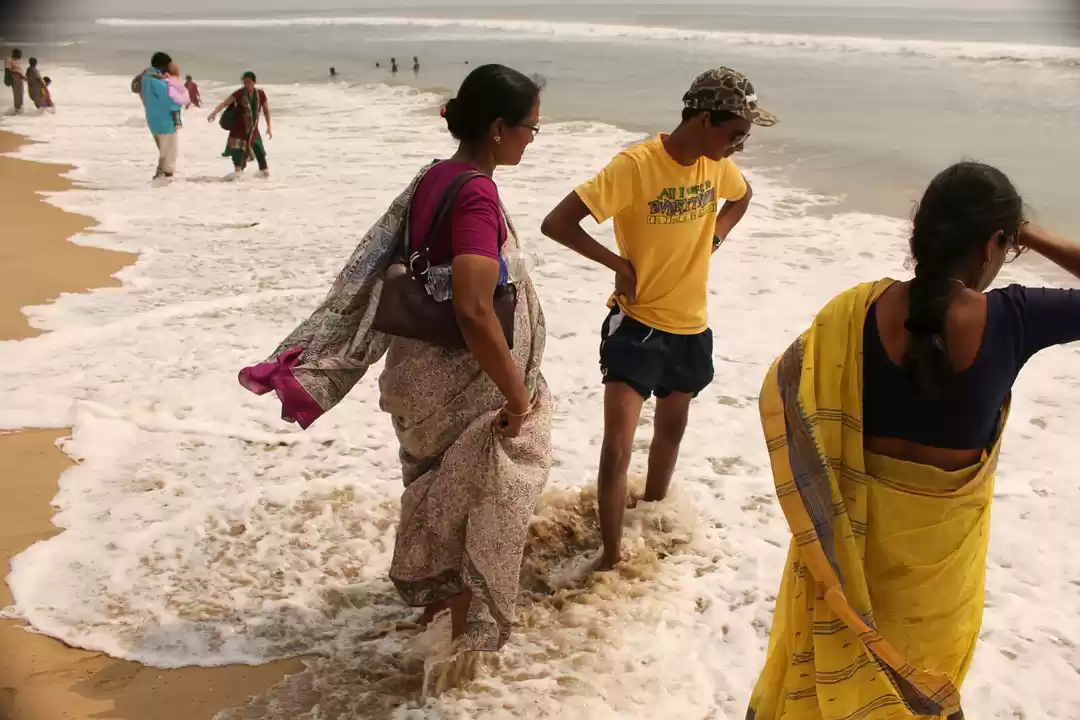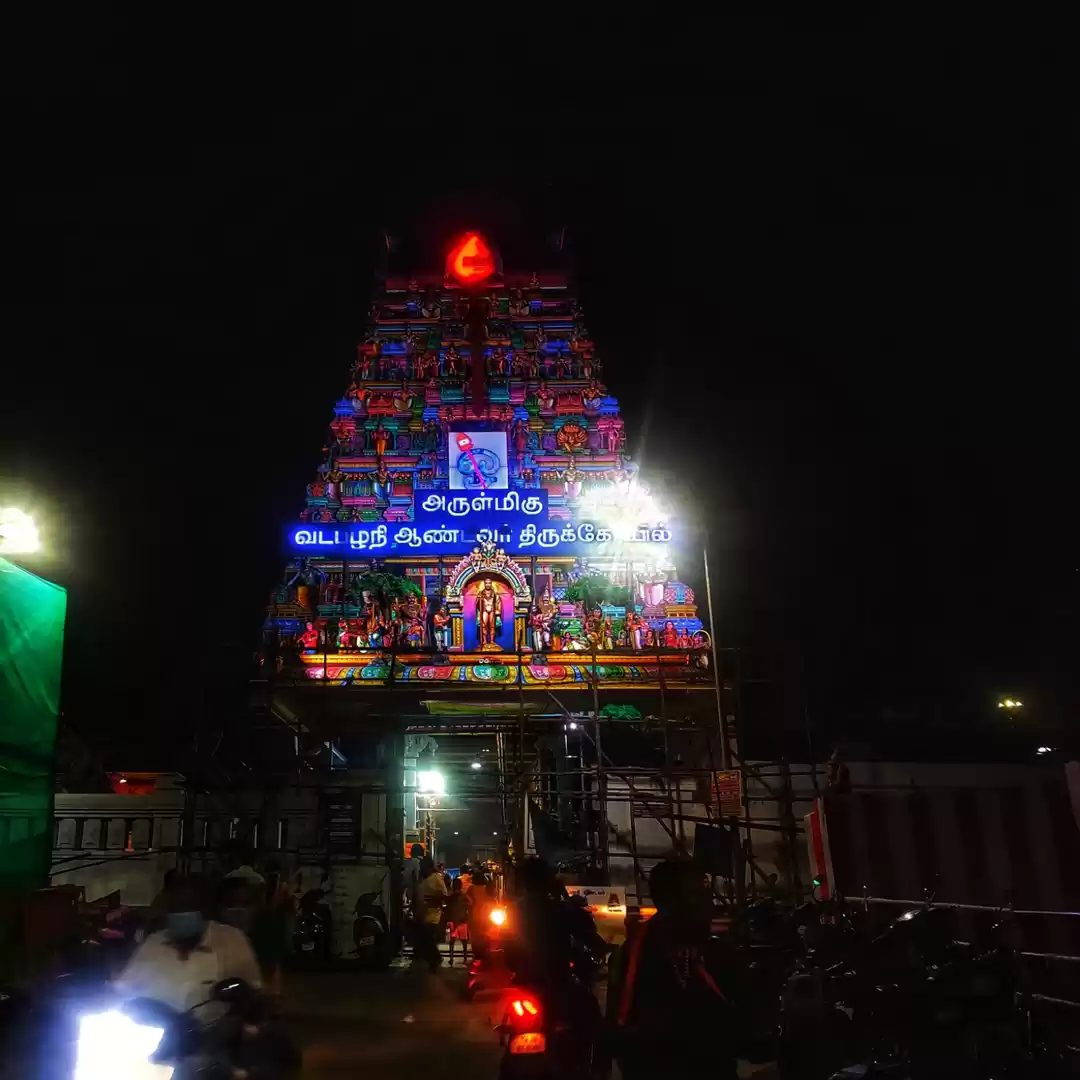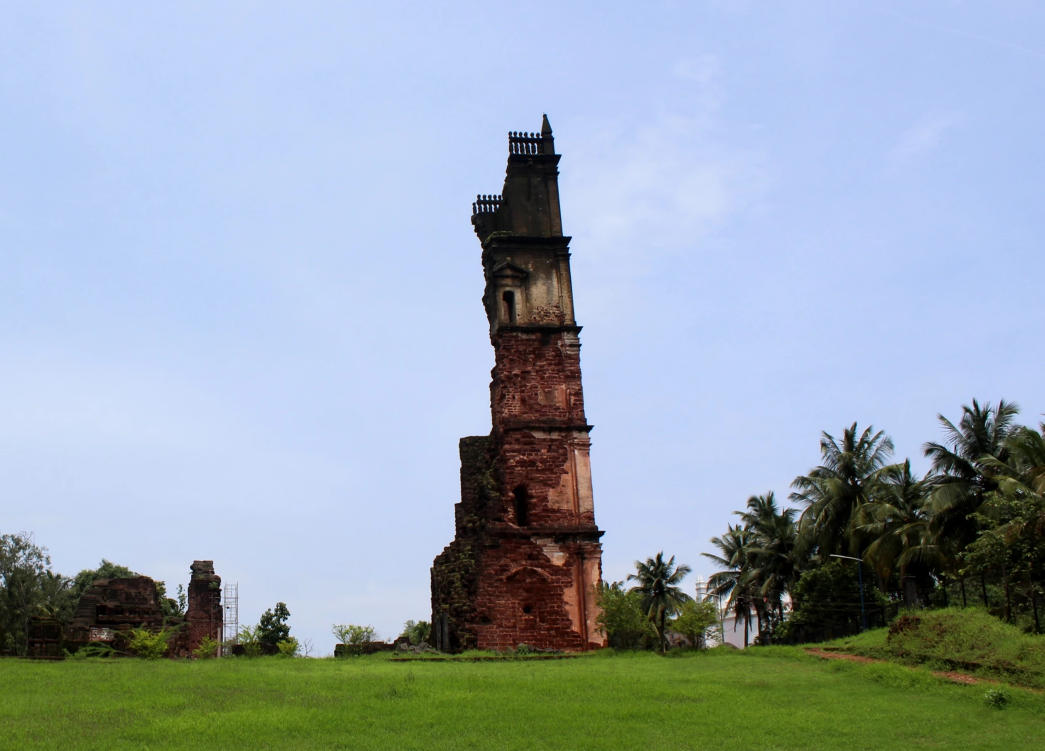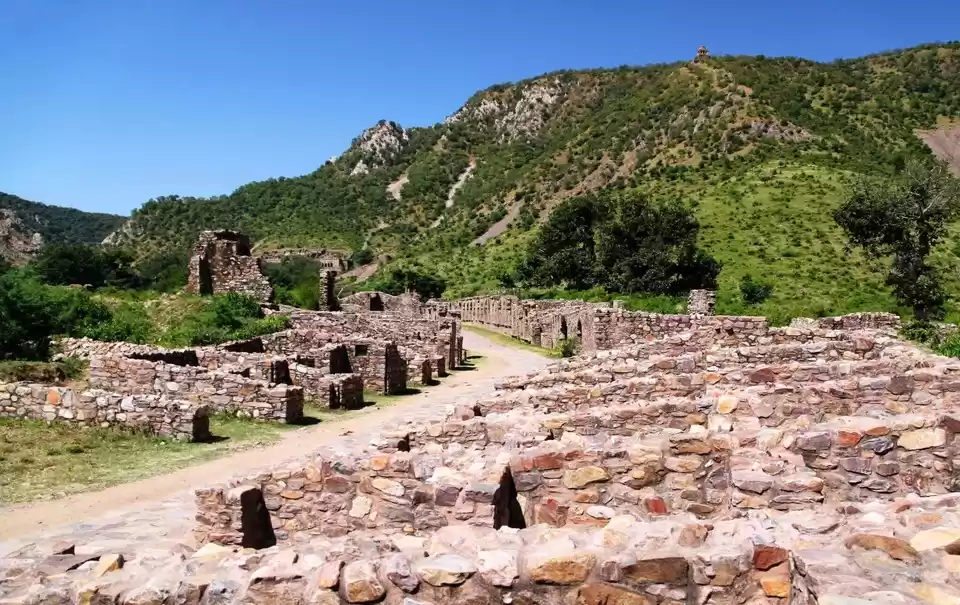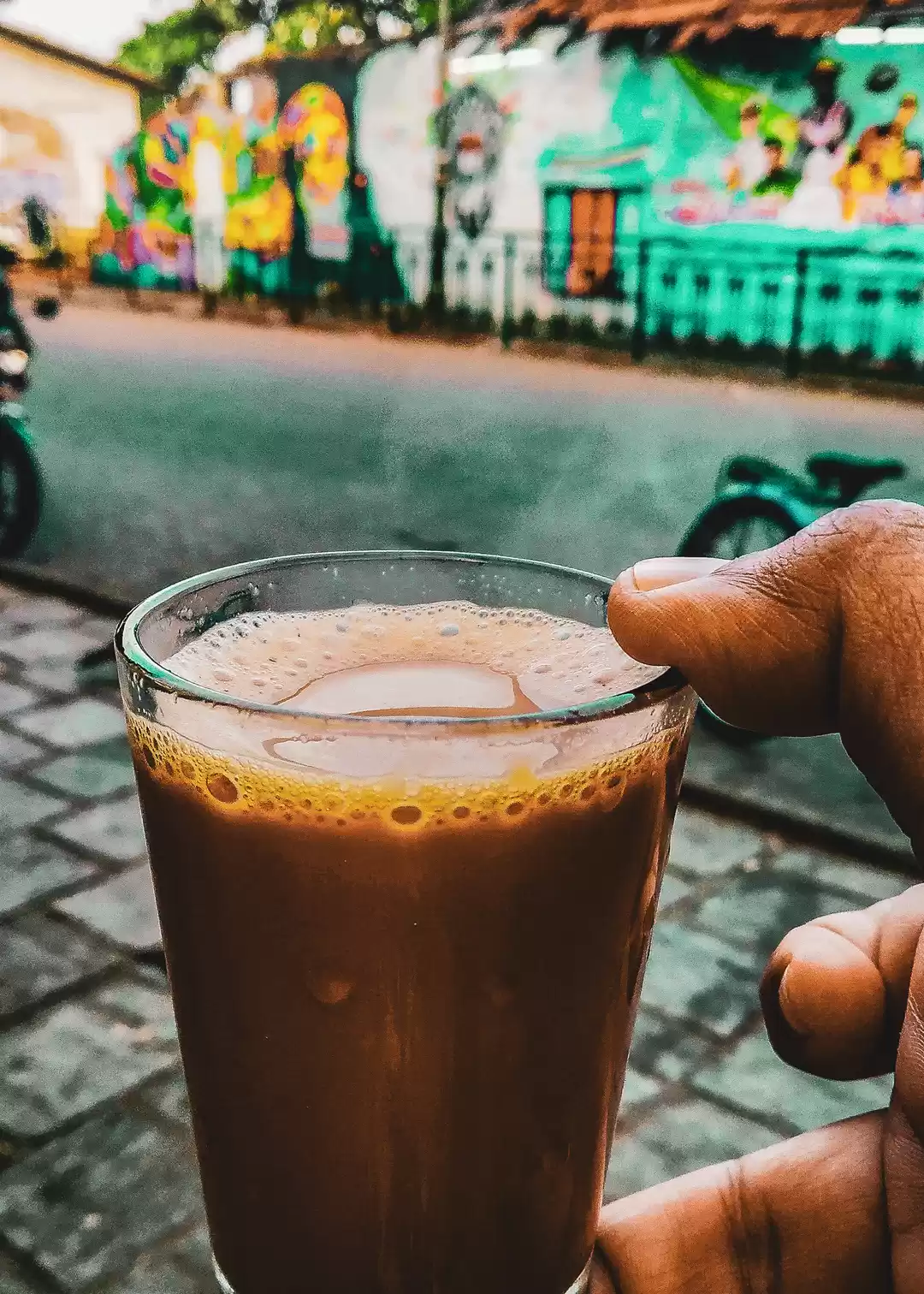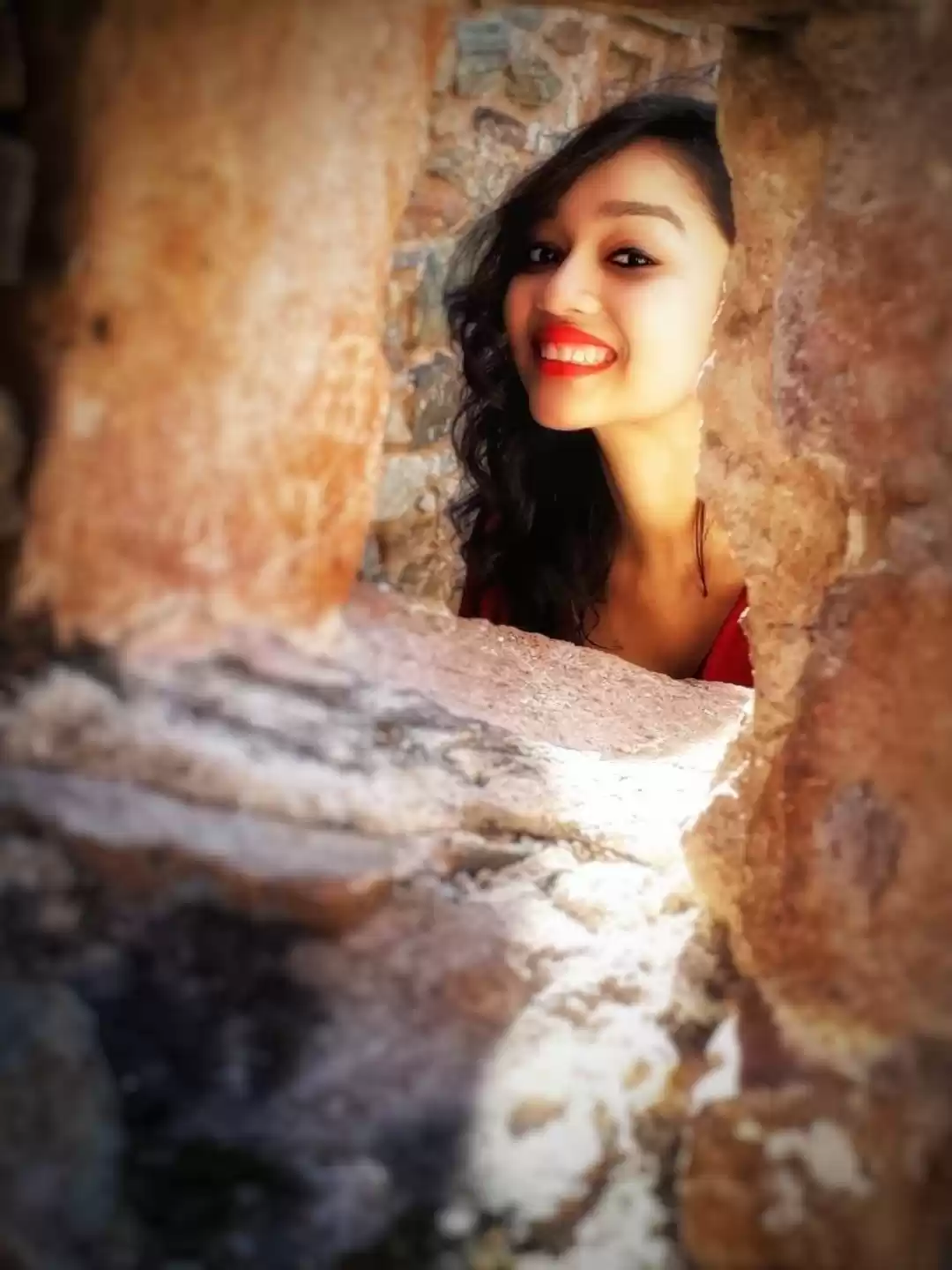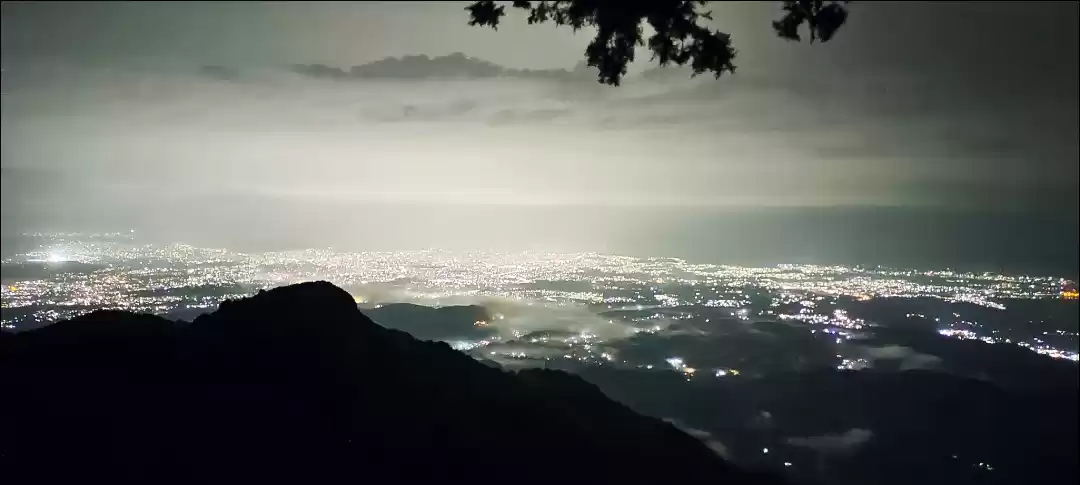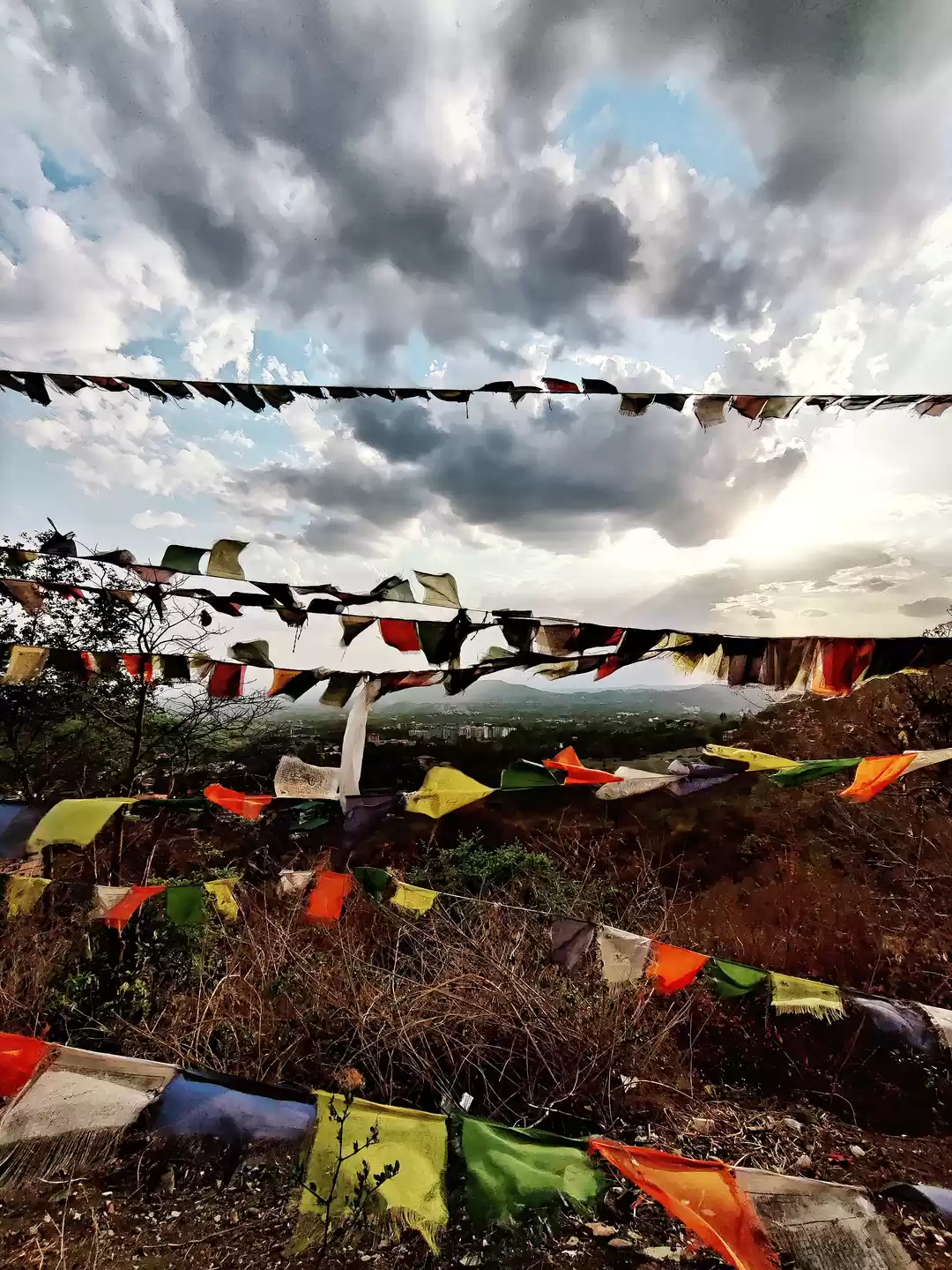Did you know that Fort St. George Chennai is the oldest British fort in India? It is also the place where the city of Chennai was founded and where the first Indian national flag was hoisted. Fort St. George Chennai is a fascinating destination for history buffs, architecture lovers, and culture enthusiasts. In this article, we will take you on a journey through the history, architecture, attractions, and practical information of Fort St. George Chennai. Whether you are planning to visit the fort or just curious about its story, this guide will help you discover the secrets and wonders of this heritage site.
History of Fort St. George Chennai
Fort St. George Chennai was established by the East India Company in 1644, as a trading post and a military base. It was named after St. George, the patron saint of England. The fort was built on a strip of land along the Coromandel Coast, which was granted by the local ruler, the Raja of Chandragiri. The fort soon became the headquarters of the British administration in South India and the birthplace of the city of Chennai, which was originally called Madras.

Fort St. George Chennai witnessed many wars and conflicts, both between the British and the local powers, such as the Mughals, the Marathas, the Nawabs of Arcot, and the rulers of Mysore, and between the British and their European rivals, such as the French, the Dutch, and the Portuguese. The fort was besieged, attacked, and captured several times, but it always remained in British hands, except for a brief period from 1746 to 1749, when it was occupied by the French.
Fort St. George Chennai also played a significant role in the Indian independence movement, as it was the seat of the Madras Presidency, one of the provinces of British India. Many freedom fighters and leaders, such as C. Rajagopalachari, K. Kamaraj, and Subhas Chandra Bose, were associated with the fort. On August 15, 1947, the first Indian national flag was hoisted at Fort St. George Chennai by C. Rajagopalachari, the last Governor-General of India.
Today, Fort St. George Chennai is a museum and a legislative assembly, where the history and culture of Chennai and Tamil Nadu are preserved and celebrated. The fort is also a popular tourist attraction, where visitors can explore the various structures, monuments, and artifacts that reflect the colonial and post-colonial era of India.
Attractions of Fort St. George Chennai
Fort St. George Chennai offers a variety of attractions and activities for visitors, who can enjoy the history, architecture, and culture of the fort. Some of the main attractions and activities are:

Fort Museum:
This is the place where visitors can learn about the history and heritage of Fort St. George Chennai, through the exhibits, paintings, and artifacts that showcase the colonial and post-colonial era of India. The museum is open from 10:00 am to 5:00 pm, except on Fridays and national holidays. The entry fee is Rs. 15 for Indians and Rs. 200 for foreigners. The museum also offers guided tours and audio guides for visitors.
St. Mary’s Church:
This is the place where visitors can admire the beauty and sanctity of the oldest Anglican church in India, which has witnessed many weddings and burials of famous British personalities. The church is open from 9:00 am to 5:00 pm, except on Sundays and public holidays. The entry is free for all visitors. The church also conducts regular services and prayers for the faithful.
Wellesley House:
This is the place where visitors can see the oldest surviving building in the fort, which was once the residence of Richard Wellesley, the Governor-General of India. The house is open from 10:00 am to 5:00 pm, except on Fridays and national holidays. The entry is free for all visitors. The house also hosts various events and functions for the Tamil Nadu Legislative Assembly.
Clive House:
This is the place where visitors can see the residence of Robert Clive, the British general and statesman, who played a crucial role in the British conquest of India. The house is open from 10:00 am to 5:00 pm, except on Fridays and national holidays. The entry is free for all visitors. The house also serves as an office for the Archaeological Survey of India.

Flagstaff:
This is the place where visitors can see the tall pole, on which the British flag was flown and the first Indian national flag was hoisted. The flagstaff is visible from any part of the fort and is a symbol of the sovereignty and pride of India. The flagstaff is open to the public at all times. The entry is free for all visitors.
Memorials and Statues:
This is the place where visitors can see the various memorials and statues that commemorate the lives and deeds of the British and Indian leaders and heroes, who were associated with Fort St. George Chennai. Some of the memorials and statues are:
The statue of Lord Cornwallis, the Governor-General of India, who defeated Tipu Sultan, the ruler of Mysore, in the Third Anglo-Mysore War.
The statue of Lord Wellesley, the Governor-General of India, who expanded the British Empire in India and defeated the Marathas in the Second Anglo-Maratha War.
The statue of Lord Dalhousie, the Governor-General of India, who implemented the Doctrine of Lapse, which annexed the Indian princely states to the British Crown.
The statue of Lord Ripon, the Governor-General of India, who introduced the first local self-government in India and repealed the controversial Vernacular Press Act.
The statue of Mahatma Gandhi, the Father of the Nation, who led the Indian independence movement and advocated non-violence and civil disobedience against the British rule.
The statue of C. Rajagopalachari, the last Governor-General of India, who hoisted the first Indian national flag at Fort St. George Chennai and became the first Chief Minister of Madras State.
The statue of K. Kamaraj, the Chief Minister of Madras State, who initiated the Midday Meal Scheme, which provided free lunch to school children and increased the literacy rate in Tamil Nadu.
The statue of Subhas Chandra Bose, the leader of the Indian National Army, who fought against the British with the help of Japan and Germany during World War II.
Entry Fee and Timings of Fort St. George Chennai
Fort St. George Chennai is open to the public from 9:00 am to 6:00 pm, except on Fridays and national holidays. The entry fee is Rs. 15 for Indians and Rs. 200 for foreigners. The entry fee includes access to the Fort Museum, the St. Mary’s Church, and the other structures and monuments within the fort. The entry fee does not include any additional charges for photography, videography, or audio guides.
To visit Fort St. George Chennai, visitors need to follow some rules and regulations, such as:
Dress appropriately and respectfully, as the fort is a historical and cultural site.
Do not carry any weapons, explosives, or inflammable materials, as the fort is a high-security zone.
Do not litter, graffiti, or damage any property, as the fort is a heritage site.
Do not disturb or harass any staff, officials, or other visitors, as the fort is a public place.
Do not enter any restricted or prohibited areas, as the fort is a government property.
How to Reach
To reach Fort St. George Chennai, visitors can use various modes of transport, such as:
By air:
The nearest airport is the Chennai International Airport, which is about 20 km away from the fort. Visitors can take a taxi, a bus, or a metro from the airport to the fort.
By train:
The nearest railway station is the Chennai Central Railway Station, which is about 3 km away from the fort. Visitors can take a taxi, a bus, or a metro from the station to the fort.
By road:
The fort is well-connected by road to the rest of the city and the state. Visitors can take a taxi, a bus, or a metro from any part of the city to the fort. The fort also has a parking facility for visitors who come by their own vehicles.
Fort St. George Chennai is a must-visit destination for anyone who wants to learn about the history and culture of Chennai and Tamil Nadu. The fort is a treasure trove of colonial and post-colonial artifacts, paintings, and monuments, that showcase the rich and diverse heritage of India. The fort is also a place of pride and patriotism, where the first Indian national flag was hoisted and where the Tamil Nadu Legislative Assembly functions. Fort St. George Chennai is a place where the past and the present coexist and where the future is shaped.
If you are interested in visiting Fort St. George Chennai, you can book your tickets online or at the entrance of the fort. You can also contact the fort authorities for any queries or feedback. You can also explore other attractions in Chennai, such as the Marina Beach, the Kapaleeshwarar Temple, the Government Museum, the Guindy National Park, and more.
We hope you enjoyed this article and found it informative and engaging. If you did, please share it with your friends and family, and let us know your thoughts and experiences in the comments section below. Thank you for reading and happy travelling!






